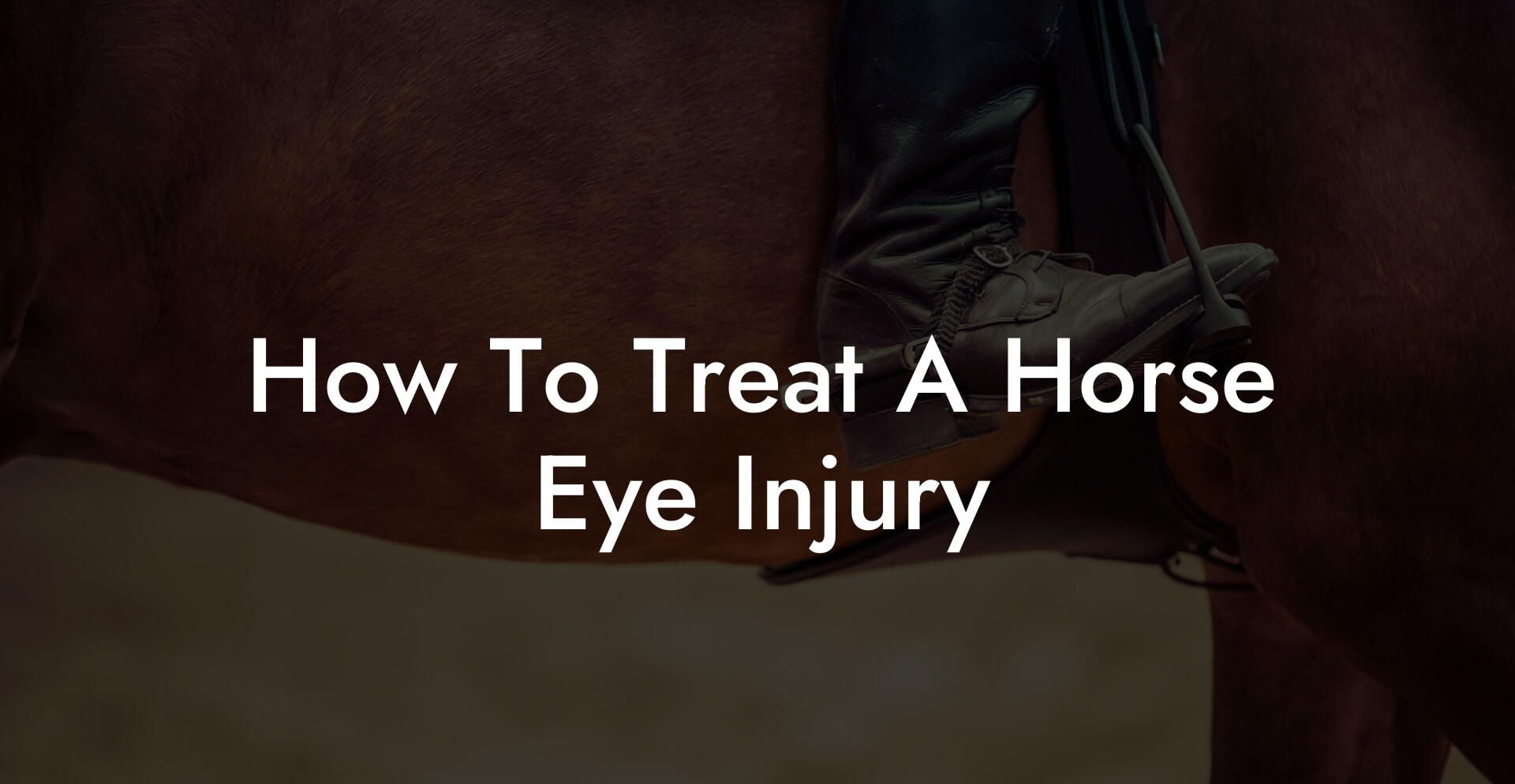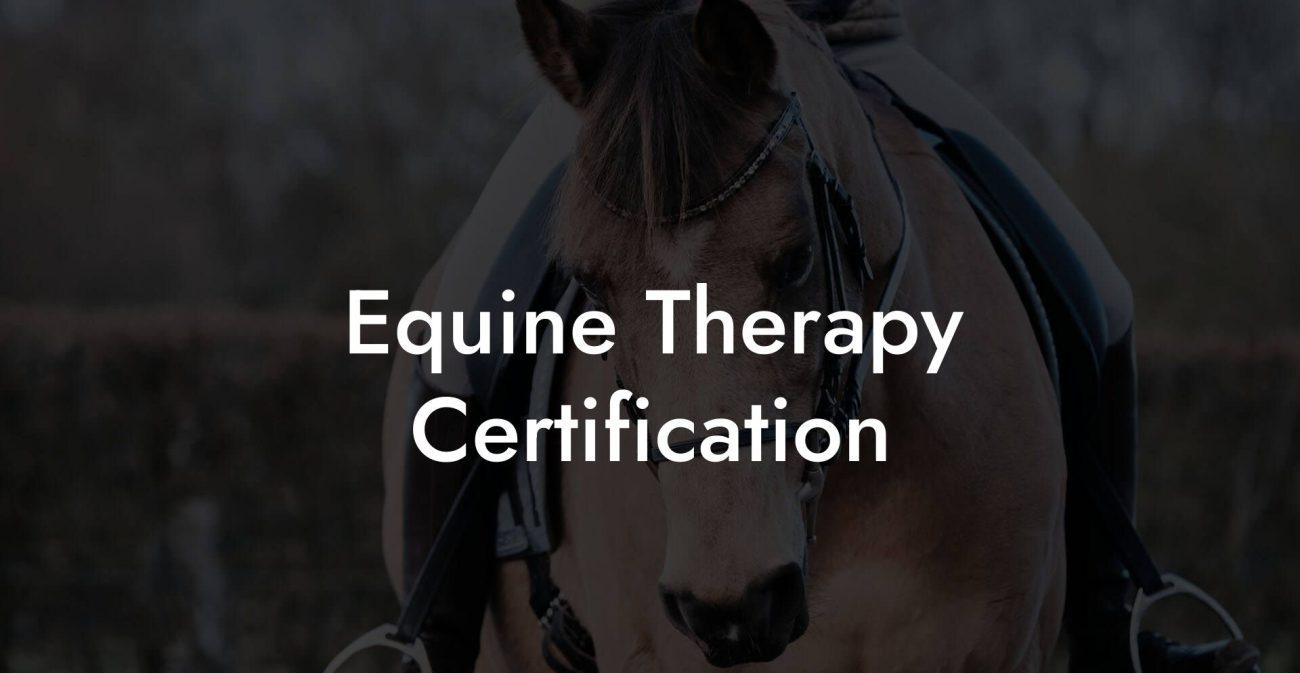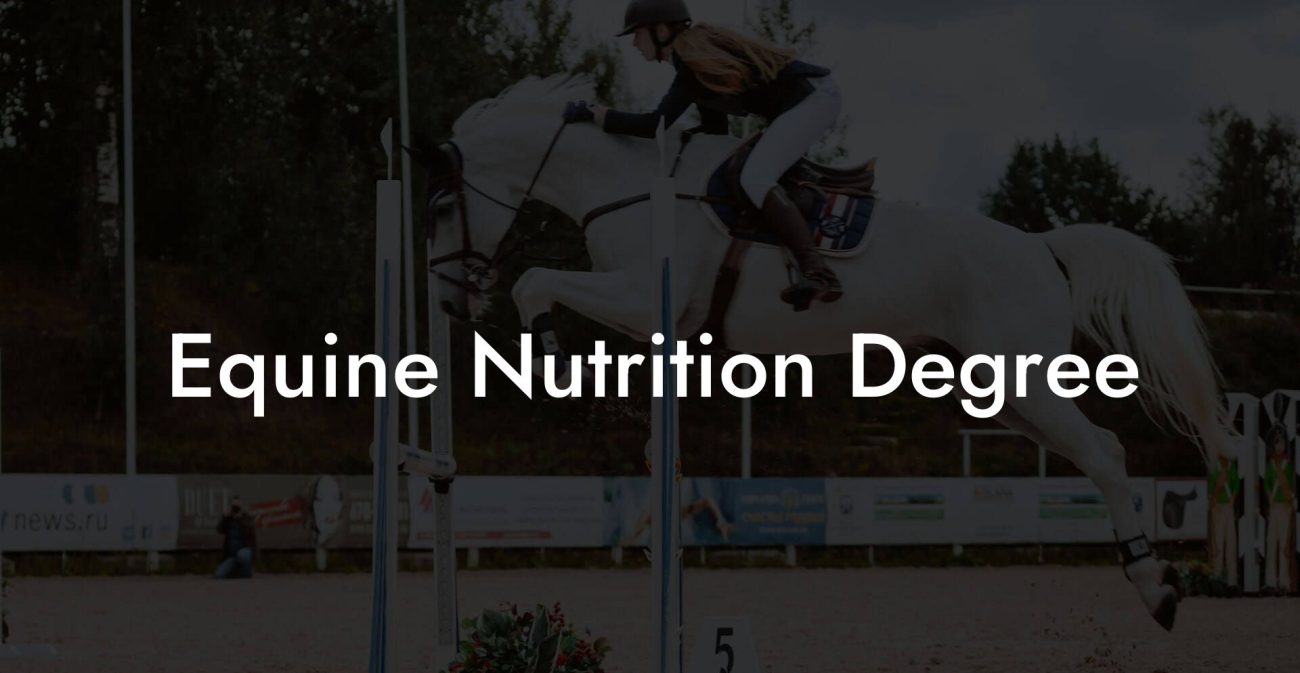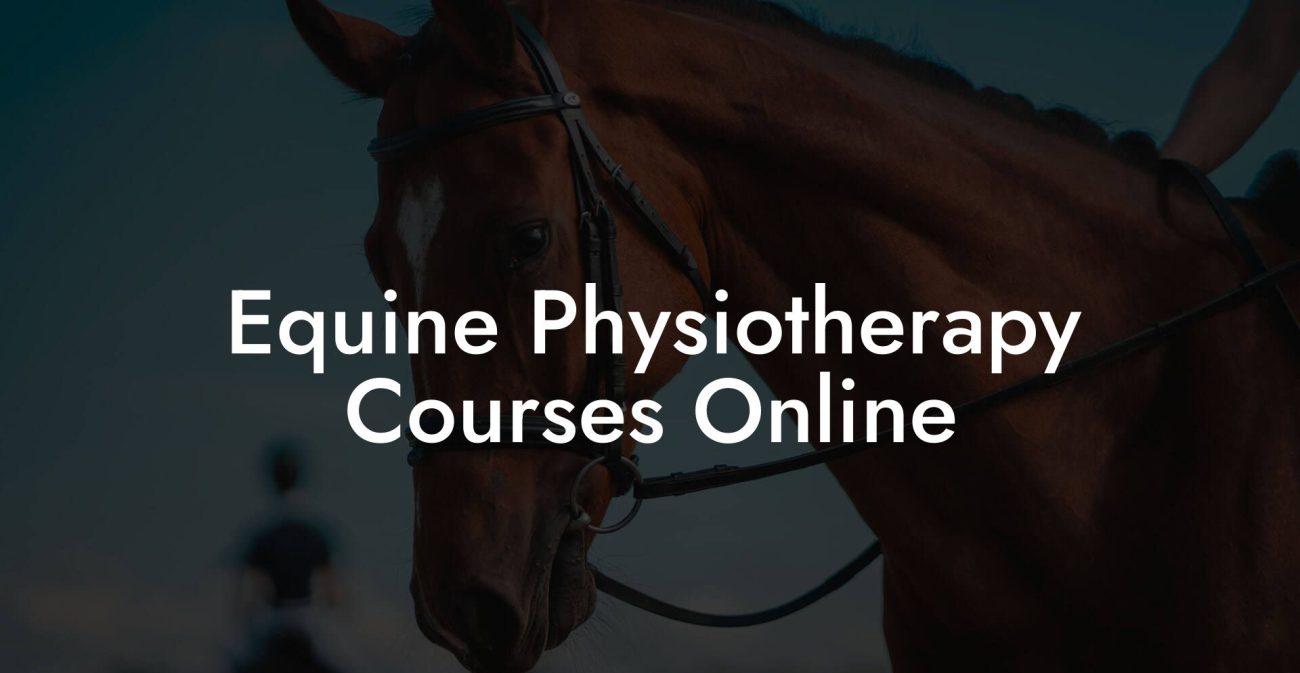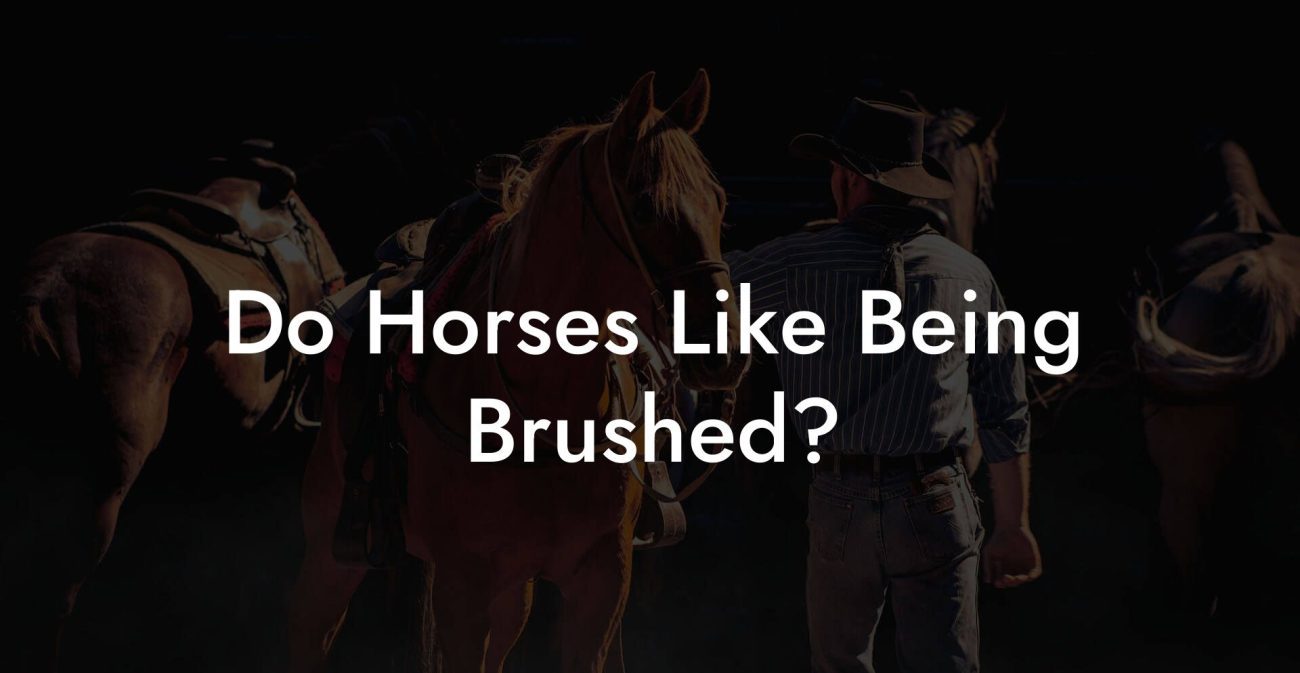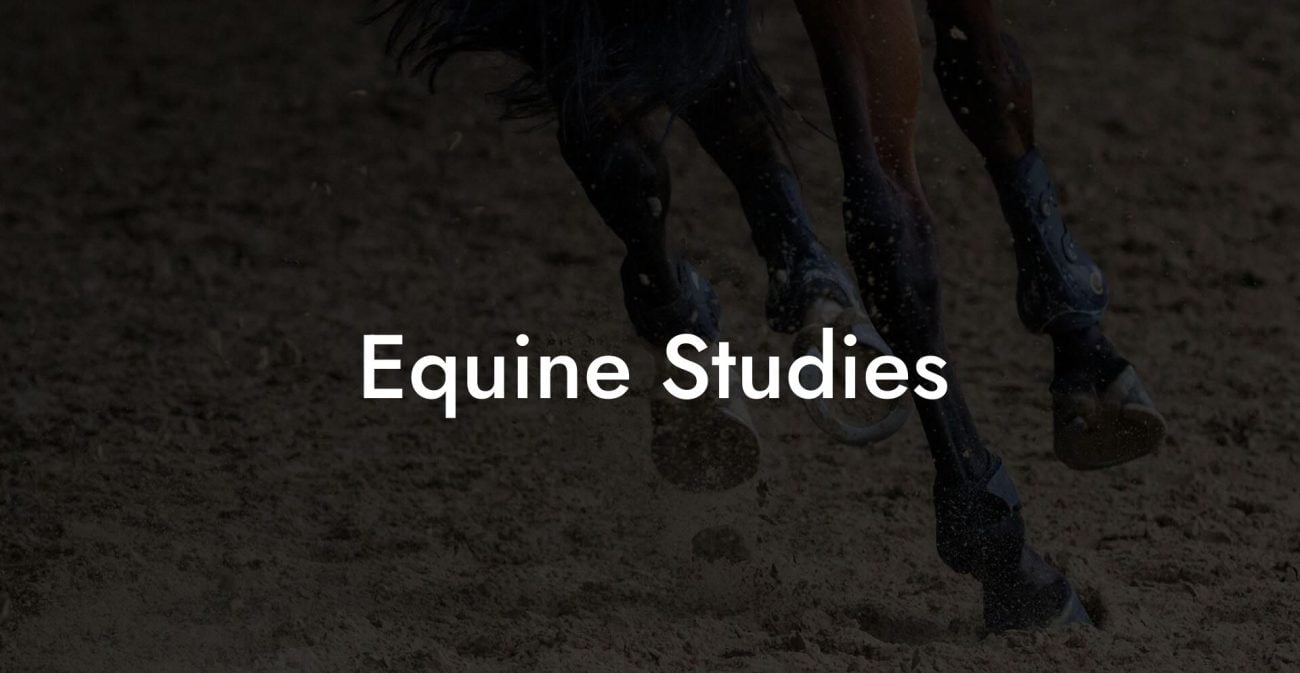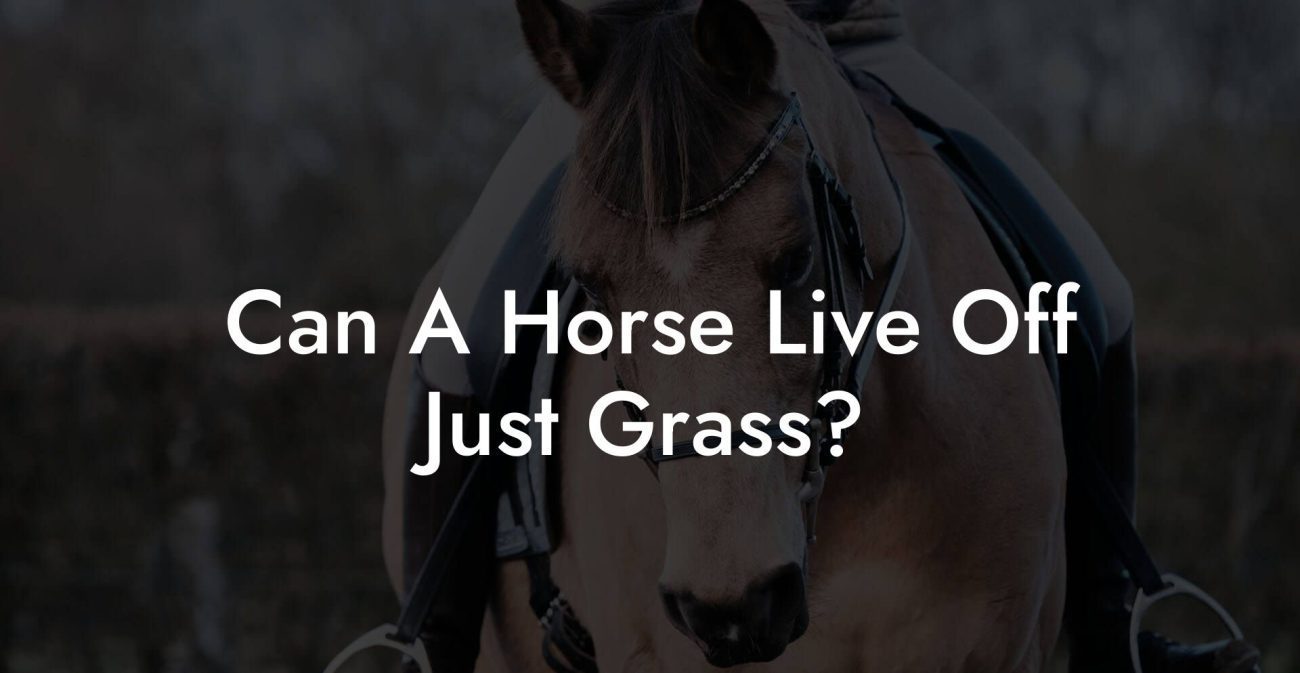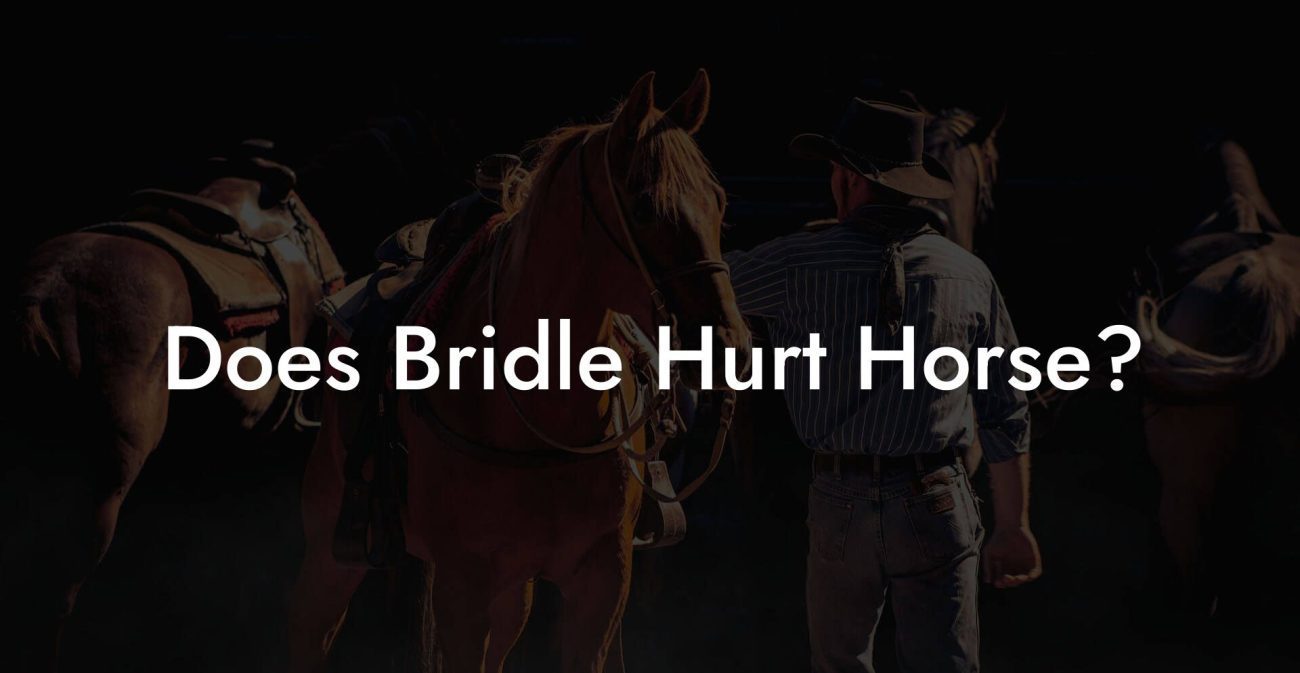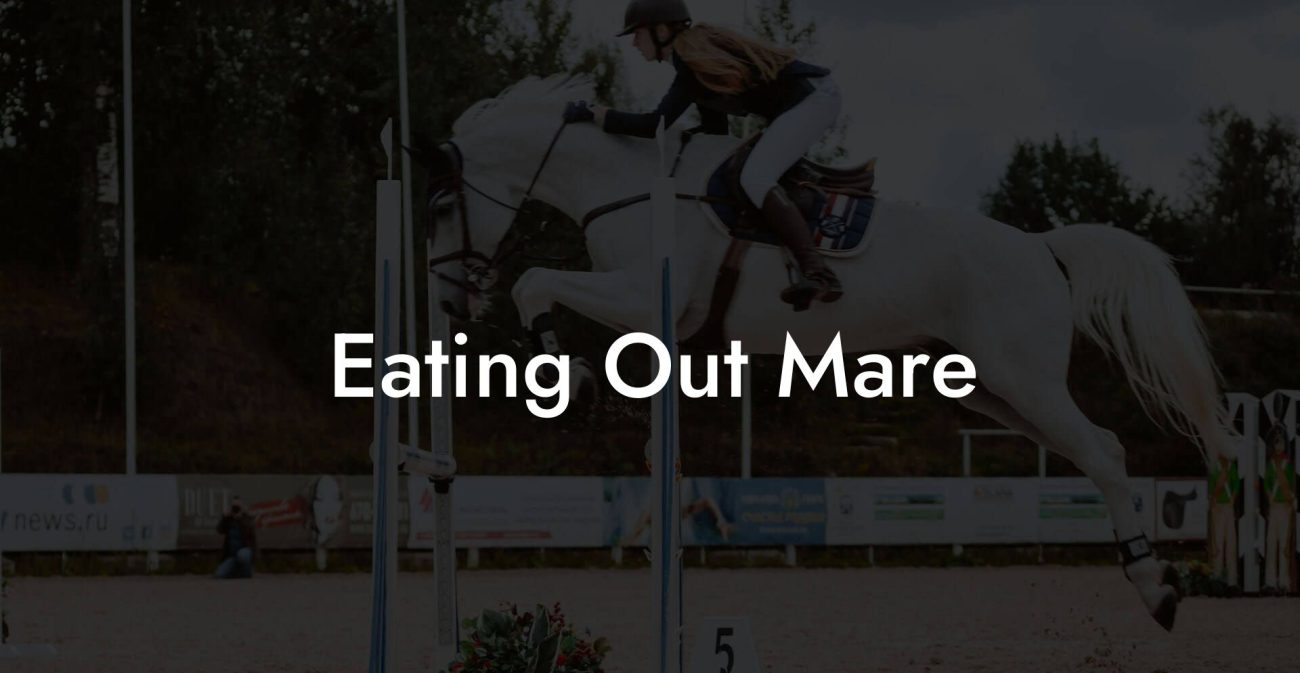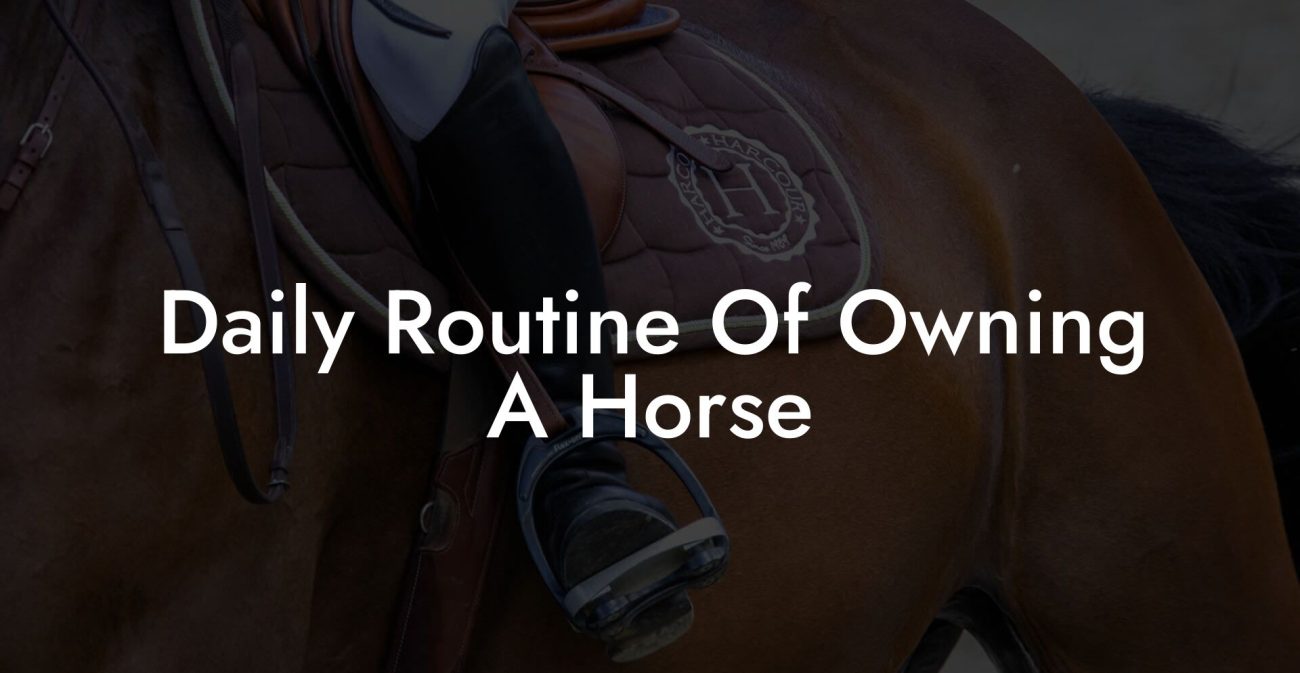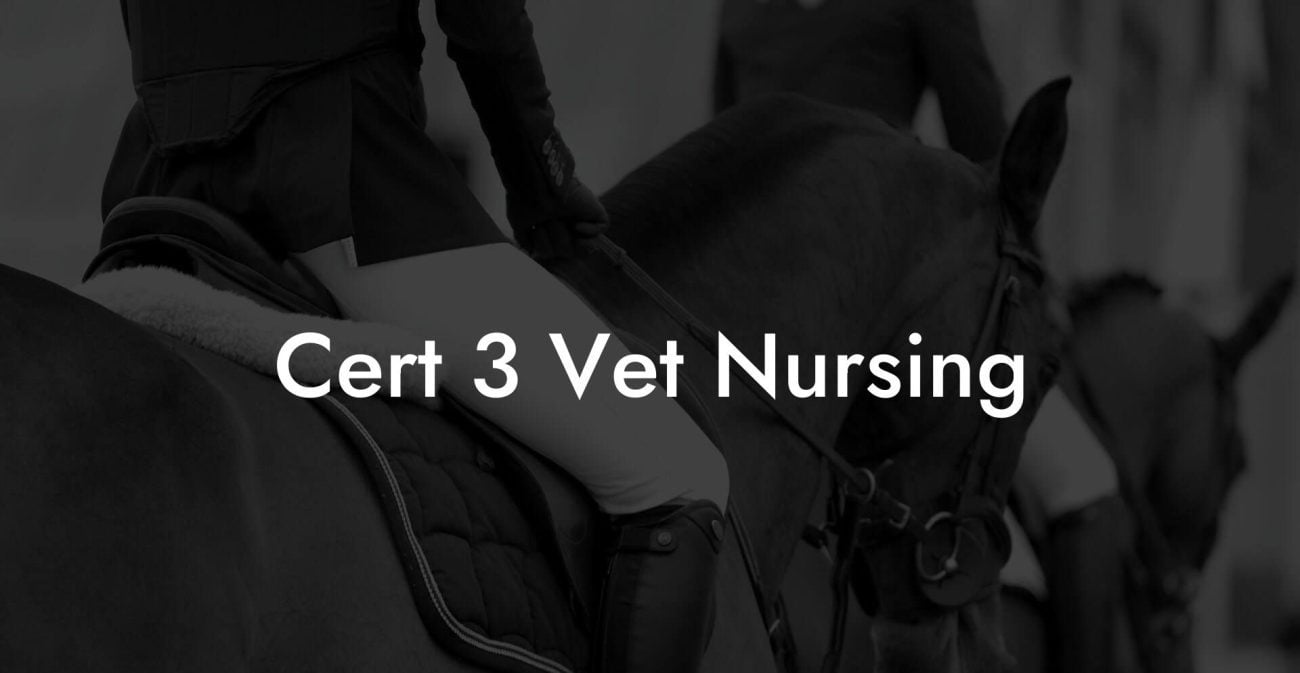There’s nothing quite as heartbreaking as watching your majestic equine friend squint in discomfort because of an eye injury. Whether your horse is a seasoned showjumper or your everyday pasture pal, an eye injury can swiftly turn a day on the range into a time of frantic care and worry. But fear not – treating a horse eye injury doesn’t have to be a mystery wrapped in a veterinary enigma. In this deep-dive pillar page, we’re breaking down every step, tip, and trick you need to know to soothe your horse’s peepers, all while keeping things as upbeat, down-to-earth, and totally Gen-Z friendly as possible.
Quick Links to Useful Sections
- Understanding Horse Eye Injuries: What’s Going On?
- The Most Common Types of Horse Eye Injuries
- Spotting the Signs: When Your Horse’s Eye Needs Attention
- First Steps to Take: Immediate Actions for Treating a Horse Eye Injury
- Step 1: Stay Cool and Assess the Situation
- Step 2: Restrain Your Horse Safely
- Step 3: Flush the Eye with Saline Solution
- Step 4: Avoid Touching or Rubbing the Eye
- Step 5: Apply a Cold Compress (If Appropriate)
- When to Call in the Vet: Recognizing Emergency Situations
- Veterinary Treatments: What to Expect at the Clinic
- In-Depth Eye Examination
- Medications and Antibiotics
- Surgical Interventions
- Follow-Up Care
- Home Remedies and First-Aid Techniques: Your DIY Guide
- Flushing and Cleaning the Eye
- Topical Treatments
- Maintaining a Clean Environment
- Monitoring and Rest
- Potential Pitfalls: Common Mistakes to Avoid When Treating Horse Eye Injuries
- Recovery and Aftercare: Nurturing Your Horse Back to Health
- Setting Up a Recovery Routine
- Incorporating Anti-Inflammatory Foods and Supplements
- Creating a Safe Environment
- Follow-Up Veterinary Visits
- Holistic and Alternative Approaches: Beyond Conventional Treatments
- Herbal Remedies and Natural Therapies
- Acupuncture and Equine Energy Therapy
- Mindful Care and a Calmer Environment
- Prevention is Key: How to Reduce the Risk of Future Eye Injuries
- Regular Eye Checks
- Proper Stable Management
- Fly and Insect Control
- Protective Gear
- Resources and Community Support: Your Next Steps
- Your Journey to Empowered Equine Eye Health
- Frequently Asked Questions on Treating Horse Eye Injuries
- Your Next Step Toward Empowered Equine Eye Care
Understanding Horse Eye Injuries: What’s Going On?
Horses are beautiful, powerful creatures, but like all animals, they’re not immune to accidents – even when it comes to something as delicate as their eyes. A horse eye injury can result from a variety of sources: a stray branch in the pasture, an encounter with a pesky fly, a tumble during play, or even an accidental poke by another curious equine friend. The important thing to remember is that even a small injury can cause significant discomfort and, if left untreated, lead to more serious complications.
The anatomy of a horse’s eye is complex, featuring a large and sensitive structure protected only by a thin layer of tissue. This means that injuries, whether they’re superficial scratches or deeper lacerations, require prompt attention. The good news is that with the right approach, many of these injuries can be treated effectively at home, saving you time and a few stressful trips to the vet – although, of course, knowing when to call in professional help is paramount.
As you read on, keep in mind that treating a horse eye injury is as much about prevention and early detection as it is about quick, effective action when problems arise. The more you know about these common injuries, the quicker you’ll be at recognizing the signs and taking action.
The Most Common Types of Horse Eye Injuries
Not all eye injuries in horses wear the same face of distress. Here are some of the major “celebrities” among equine eye injuries:
- Corneal Abrasions: These occur when the clear, protective layer of the eye (the cornea) is scratched. Think of it as a paper cut, but on a delicate surface that’s crucial for a horse’s vision.
- Foreign Bodies: Whether it’s dust, mud, or a tiny piece of grass, foreign debris can easily find its way into a horse’s eye, causing irritation and sometimes infection.
- Ulcers: Corneal ulcers are more severe and occur when the abrasion becomes infected. They can be particularly painful and often require immediate veterinary intervention.
- Traumatic Injuries: These range from blunt force trauma (like a kick from another horse) to sharp injuries from sticks or fencing. The severity can vary, and quick assessment is key.
- Conjunctivitis: Also known as “pink eye” in horses, this inflammation of the conjunctiva is not only uncomfortable but can also lead to complications if not treated promptly.
Each of these injuries requires a slightly different approach to treatment, and understanding the nature of the injury is the first step in effective healing.
Spotting the Signs: When Your Horse’s Eye Needs Attention
Knowing when to intervene is half the battle. Although horses are masters at masking pain (a trait that can leave even the most experienced horse owner guessing), there are telltale signs that something isn’t right with your horse’s eyes:
- Excessive Tearing: While a little moisture is normal, a sudden surge of tears can indicate irritation or trauma.
- Squinting or Shutting an Eye: If you notice your horse favoring one eye or keeping it partially closed, it may be in pain.
- Discharge: Any unusual discharge – whether clear, cloudy, or even a bit green – should raise a red flag.
- Rubbing or Pawing at the Face: Horses might try to relieve discomfort by rubbing their heads against fences or walls.
- Change in Behavior: A normally calm horse becoming irritable or withdrawn can be a sign that pain is taking over.
Catching these signs early means you can start treatment sooner, reducing the risk of complications and protecting your horse’s sight. Remember, a proactive approach is the best approach when it comes to your horse’s health.
First Steps to Take: Immediate Actions for Treating a Horse Eye Injury
So you find your horse nursing an eye injury – breathe easy. The first actions you take can make a significant difference in the outcome. Here’s your crash course in immediate equine first aid, served with a side of humor to help ease any tension:
Step 1: Stay Cool and Assess the Situation
Like in any emergency, keeping your cool is key. Approach your horse calmly and assess the situation. Check both eyes, even if only one appears injured, since horses can sometimes be stoic about discomfort.
Step 2: Restrain Your Horse Safely
It’s no secret that horses, much like us on a Monday morning, don’t always cooperate when they’re in pain. Use a halter and lead rope to secure your horse in a safe, well-lit area. Having a trusted assistant around can make this process smoother – think of it as your equine first-aid squad.
Step 3: Flush the Eye with Saline Solution
If a foreign body or debris is suspected, gently flush the eye with a sterile saline solution. You can make your own saline (mix 1 teaspoon of salt in a pint of boiled, then cooled water) if necessary, but commercial products are your best bet. Use a clean, soft stream (a syringe without the needle works wonders) to gently rinse out any irritants.
Step 4: Avoid Touching or Rubbing the Eye
As tempting as it might be to “help” the situation, resist the urge to rub or manipulate the eye. Horses have sensitive eyes that can be easily further irritated by careless handling.
Step 5: Apply a Cold Compress (If Appropriate)
A cool, damp cloth can help reduce swelling and provide comfort. Make sure the cloth isn’t too cold, and always wrap it in a soft towel before placing it near your horse’s eye.
These immediate first-aid steps can mitigate damage and give your horse much-needed relief while you decide if professional care is required.
When to Call in the Vet: Recognizing Emergency Situations
While many minor eye injuries in horses can be treated with some good ol’ DIY first aid, there are times when professional veterinary care is absolutely necessary. Here’s when you should definitely call in the pros:
- Persistent or Worsening Symptoms: If your horse’s eye continues to tear up, becomes increasingly red, or if the discharge starts to change in color, don’t wait.
- Deep Lacerations or Puncture Wounds: Any injury that seems deep or was caused by a sharp object warrants a vet’s attention immediately.
- Signs of an Infection: Infections can spread quickly and compromise your horse’s vision. Look out for a cloudy appearance in the eye, severe swelling, or fever.
- Severe Pain or Behavioral Changes: If your normally chill equine gets unusually agitated, shows signs of severe pain, or refuses to eat and move, it could signal a more serious issue.
Trust your instincts – if something feels off, it’s better to be safe than sorry. Veterinary care can sometimes mean a quick in-office treatment or, in more serious cases, advanced procedures that prevent long-term damage.
Veterinary Treatments: What to Expect at the Clinic
Once you’ve made the call, your vet will conduct a thorough examination to determine the best course of action. Here’s a rundown of what you might expect:
In-Depth Eye Examination
Your vet will likely use a bright light and specialized equipment to get a close look at the injury. They might also use fluorescein dye, which helps highlight any scratches or ulcers on the cornea.
Medications and Antibiotics
Depending on the severity of the injury, your horse may be prescribed topical antibiotic or anti-inflammatory eye drops. These medications help prevent infection and reduce swelling, giving the eye a better chance to heal naturally.
Surgical Interventions
Rarely, deeper or more complicated injuries may require surgical intervention. This might involve suturing a laceration or performing more advanced procedures to repair damage and preserve vision.
Follow-Up Care
After the initial treatment, close monitoring is crucial. Your vet may schedule follow-up visits and provide detailed instructions for home care to ensure that the injury heals properly and that no complications arise.
Modern veterinary practices include advanced diagnostic tools and treatment methods that both comfort your horse and offer peace of mind to you. Even if your horse is a bit of a drama queen about vet visits, remember that these treatments are essential for long-term eye health.
Home Remedies and First-Aid Techniques: Your DIY Guide
Not every horse eye injury requires an immediate trip to the vet. For minor abrasions or irritations, a careful home remedy approach can be both effective and comforting for your equine companion. Here are some safe and practical at-home tips:
Flushing and Cleaning the Eye
As mentioned earlier, gently flushing the affected eye with a sterile saline solution is one of the most effective ways to remove irritants. Use a clean syringe (without the needle) to send a gentle stream of saline across the surface of the eye, dislodging dust or debris. Be patient and gentle – your goal is to cleanse, not to create more irritation.
Topical Treatments
There are over-the-counter eye drop solutions specifically designed for horses that help with minor eye irritations. These products typically contain lubricants and mild antiseptics. However, always check with your vet before applying any new medication, as what works for one injury might not be right for another.
Maintaining a Clean Environment
Prevention is always better than cure. Keeping your horse’s stall and pasture free from dust, sharp objects, or debris can help minimize the risk of future eye injuries. Regular grooming, dusting off flies, and ensuring that stable areas are free of hazards are simple yet effective steps.
Monitoring and Rest
While your horse might be itching to head back out into the field, sometimes the best medicine is a little rest and observation. Limit strenuous activities and closely monitor the injury for any signs of worsening. Keeping a daily log of your horse’s behavior and the condition of the eye can provide valuable information if a vet visit becomes necessary.
With these home remedies and first-aid techniques, you’re empowered to manage minor eye injuries swiftly and effectively. Just remember: if the injury isn’t improving or shows signs of infection, it’s time to ring up your vet.
Potential Pitfalls: Common Mistakes to Avoid When Treating Horse Eye Injuries
Even the most enthusiastic horse lovers can sometimes fall into common pitfalls when treating an eye injury. Let’s break down some of the mistakes you should steer clear of:
- Delaying Treatment: Time is of the essence with eye injuries. Even if the injury seems minor, don’t procrastinate – early intervention can prevent infection and more severe damage.
- Using Unsterilized Tools: Whether you’re flushing the eye or applying medication, always ensure your hands and tools are thoroughly clean to avoid introducing bacteria.
- Over-Treating with Medications: More isn’t always better. Follow your vet’s instructions regarding dosage and frequency of eye drops – excessive use can sometimes lead to irritation or other complications.
- Ignoring Behavioral Cues: Horses are subtle communicators. If your horse is clearly distressed or in pain, don’t brush it off as a minor inconvenience – it might be signaling a more serious underlying issue.
- Self-Diagnosing: While knowledge is power, nothing beats professional expertise when it comes to eye injuries. When in doubt, consult your vet to avoid misdiagnosis.
Avoiding these pitfalls will greatly increase the chances of a speedy, uncomplicated recovery for your horse. Remember, you’re the front-line caregiver – staying informed and vigilant helps keep your horse’s eyes in top shape.
Recovery and Aftercare: Nurturing Your Horse Back to Health
Once the initial injury has been addressed, the next phase is recovery and aftercare. This chapter covers all you need to know about nurturing your horse back to full health while preventing future eye mishaps.
Setting Up a Recovery Routine
Just as athletes follow structured rehabilitation plans after injuries, your horse can benefit from a routine that promotes healing. This might include scheduled cleaning sessions, the regular application of prescribed eye drops, and monitoring conditions like humidity and dust in the stable.
Incorporating Anti-Inflammatory Foods and Supplements
nutrition isn’t just for building muscle or keeping that mane shiny, it can help reduce inflammation from the inside out. Consider adding omega-3-rich supplements, antioxidants, and other anti-inflammatory nutrients into your horse’s feed, but always do so in consultation with your vet or equine nutritionist.
Creating a Safe Environment
Set up a recovery-friendly space where your horse can rest without exposure to hazards. Soft bedding, reduced traffic in the stall, and ensuring that any sharp objects are out of reach can all contribute to a smoother recovery.
Follow-Up Veterinary Visits
Even if your horse seems back to normal, scheduled follow-up visits with your vet are crucial. These visits allow for a professional evaluation of the healing process and help catch any potential issues early on.
A well-executed aftercare routine balances hands-on care with a comfortable living space, nutritional support, and regular professional oversight. This comprehensive approach sets the stage for a long-term recovery, protecting your horse’s vision while building a foundation for overall health.
Holistic and Alternative Approaches: Beyond Conventional Treatments
We get it – sometimes a little extra self-care goes a long way. In the world of equine health, treatments aren’t confined to the sterile walls of a veterinary clinic. Many horse owners have embraced holistic approaches that complement conventional treatments, leading to a more well-rounded recovery.
Herbal Remedies and Natural Therapies
Nature offers a bounty of options for supporting eye health. Herbal remedies like chamomile compresses, and a few drops of diluted calendula extract, have been known to soothe irritation and reduce inflammation naturally. While these remedies shouldn’t replace your vet’s advice, they can be a comforting adjunct to medical treatment.
Acupuncture and Equine Energy Therapy
Yes, acupuncture isn’t just for humans! Some owners swear by acupuncture sessions designed for horses, which can stimulate natural healing processes and improve overall well-being. Equine energy therapy, though less conventional, focuses on balancing energy flows throughout the body – a method that some believe can help reduce overall stress, which in turn benefits recovery.
Mindful Care and a Calmer Environment
Horses are highly sensitive to the moods and energies around them. Creating a calm, stress-reduced environment, whether through soft music, a gentle brushing routine, or simply a quiet stable space, can go a long way in promoting healing. After all, a relaxed horse is one that can focus its energy on healing rather than worrying about the next surprise.
Integrating these holistic approaches with traditional treatments creates a synergistic effect, potentially accelerating recovery while nurturing a deeper bond between you and your horse.
Prevention is Key: How to Reduce the Risk of Future Eye Injuries
They say an ounce of prevention is worth a pound of cure – and when it comes to your horse’s eyes, this couldn’t be more true. Here’s how to maintain an environment and routine that minimizes the risk of eye injuries:
Regular Eye Checks
Incorporate routine eye examinations into your horse care schedule. Even if your horse seems perfectly fine, a quick glance (and occasionally a more detailed look by your vet) can catch minor issues before they escalate.
Proper Stable Management
A clean, well-organized stable free of dust, debris, and protruding objects can make all the difference. Make sure that hay nets, feeders, and other equipment are securely installed and don’t inadvertently become hazards.
Fly and Insect Control
Insects can be a major headache for horses, sometimes causing them to rub their eyes in irritation. Use safe, non-toxic fly sprays and consider physical barriers like fly masks to keep those pesky bugs at bay.
Protective Gear
While not all horses will require eye protection, if your horse is particularly active or competes in events where eye injuries are a possibility, protective gear like specialized equine goggles might be a smart investment.
Focusing on prevention now helps create fewer “oops” moments later on, ensuring your horse’s vision remains as crisp as a sunrise over the pasture.
Resources and Community Support: Your Next Steps
Venturing into the world of horse care, especially when it involves delicate matters like eye injuries, can feel daunting. Thankfully, you’re not alone. A wealth of resources, communities, and experts are out there to help you navigate the challenges and celebrate the victories in equine health.
Consider joining online forums and social media groups dedicated to horse owners, where experiences are shared, and advice flows as freely as a mountain stream. Many vets and equine care professionals offer webinars and Q&A sessions, providing valuable insights into the latest treatments, techniques, and preventive measures.
Additionally, trusted websites, equine health blogs, and YouTube channels can be your go-to guides for step-by-step tutorials and real-life case studies. Whether you’re a seasoned rider or a proud newbie to horses, these communities offer a safe space to learn, ask questions, and even share a laugh or two at the quirky realities of life with horses.
Your next step is simple: dive into these resources, connect with fellow enthusiasts and experts, and equip yourself with the knowledge that will empower you to take the best possible care of your horse’s eyes – and overall health.
Your Journey to Empowered Equine Eye Health
Treating a horse eye injury isn’t just a matter of quick fixes and band-aid solutions, it’s a comprehensive, multi-faceted journey that involves understanding the injury, acting fast, embracing professional help when needed, and reinforcing preventive measures for the future. Every step you take in caring for your horse’s eyes not only contributes to their overall well-being but also deepens the extraordinary bond you share.
Whether you’re meticulously cleaning a scratch with a gentle saline rinse, consulting with a knowledgeable vet, or leaning into holistic methods that promote relaxation and faster healing, you are championing a path of empowered equine care. It’s a path filled with learning curves, small victories, and moments that remind you why you cherish every gallop, every nuzzle, and yes, even every squinted glance.
Embrace the journey with confidence, knowing that by taking informed, attentive action you’re not just treating an injury, you’re nurturing a lifelong foundation of health and trust with your horse. From immediate first aid to a supportive community and proactive prevention, you now have the roadmap to transform a stressful situation into an opportunity for growth, care, and even a few laughs along the way.
The future is bright for your horse, and every thoughtful measure you take today builds a legacy of caring, compassion, and empowered equine eye health that will shine on for years to come.
Frequently Asked Questions on Treating Horse Eye Injuries
Below we’ve compiled some of the most common questions horse owners ask about treating eye injuries, along with concise answers to guide you through when in doubt:
1. What are the first signs that my horse might have an eye injury?
Watch for excessive tearing, squinting, unusual discharge, and behavioral changes like head rubbing or avoiding bright light. These signs indicate that something might be off and warrant a closer look or professional advice.
2. How do I safely flush a horse’s eye at home?
Use a sterile saline solution and a clean syringe (without the needle) to gently flush the eye. Ensure that your hands and any tools are thoroughly sanitized before starting the process.
3. When should I call my vet about my horse’s eye injury?
If you observe persistent or worsening symptoms, deep lacerations, signs of infection, or your horse appears in significant pain, it’s best to contact your veterinarian immediately.
4. Can I use human eye drops on my horse?
No, human eye drops aren’t formulated for horses. Always use medications and eye drops prescribed or recommended by a vet to ensure safety and effectiveness.
5. Are there any effective natural remedies for minor eye irritations?
Some horse owners have had success with diluted herbal solutions and cold compresses to soothe minor irritations. However, always consult your vet before trying any new remedy at home.
6. How long does it take for a minor eye injury to heal?
Healing times vary depending on the nature of the injury. Minor corneal abrasions may improve within a few days, but follow-up care is essential to confirm that no complications develop.
7. Can eye injuries cause long-term vision issues in horses?
If left untreated or if the injury is severe, there is a risk of long-term complications. Prompt, proper care is essential to preserve your horse’s vision.
8. What role does nutrition play in the healing of an eye injury?
A nutrient-rich, anti-inflammatory diet supports tissue repair and overall health, which can facilitate faster recovery from an eye injury.
9. How often should I perform routine eye checks on my horse?
Regular observations should be part of your daily care routine, with more thorough checks monthly or if you suspect any issues.
10. Are there any preventive measures I can take to avoid future eye injuries?
Yes! Maintain a clean and safe environment, use fly masks or similar protective gear if necessary, and schedule regular veterinary check-ups to catch early signs of trouble.
Your Next Step Toward Empowered Equine Eye Care
Every journey begins with a single step, and your journey toward safeguarding and healing your horse’s eyes starts here. With a mix of immediate first-aid tactics, professional veterinary guidance, holistic solutions, and preventive care strategies, you’re well-equipped to handle any eye injury that comes your horse’s way.
As you venture forward, remember that informed care not only helps your horse recover from an injury but also sets a precedent for long-term well-being and a happier, healthier life. Build a support network, stay updated with the latest in equine care trends, and embrace every moment of caring for your four-legged buddy.
From dabbling in holistic therapies to mastering the art of on-the-spot first aid, each step you take is a testament to your commitment and love. So, gear up with confidence, stay connected with the community of fellow horse lovers, and let your dedication to optimum eye health for your equine companion shine through.
The horizon is bright, not just for your horse’s vision, but for a future filled with healthy, happy gallops, clear gazes, and a bond that only deepens with every shared sunrise over the pasture.

